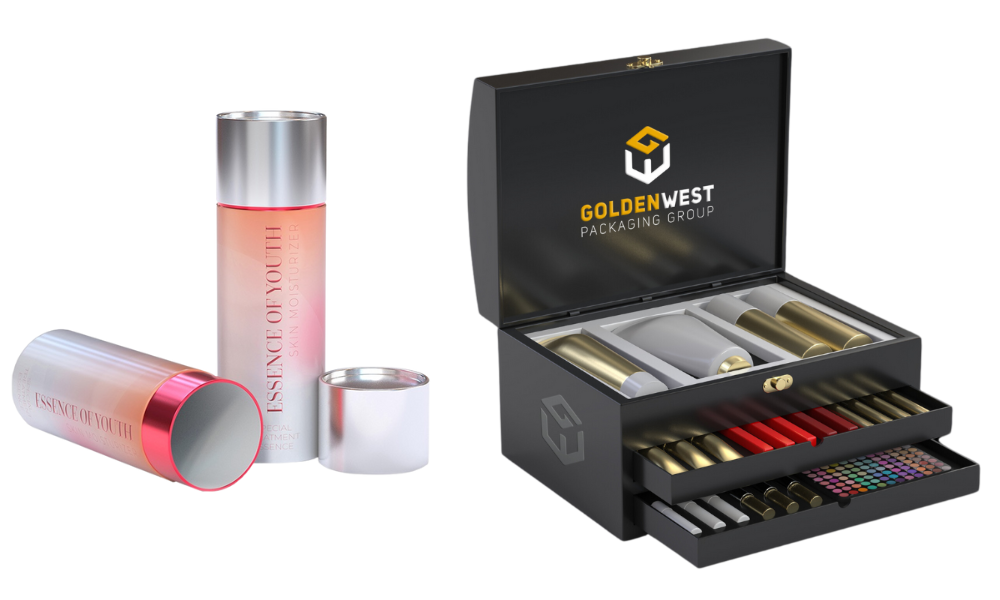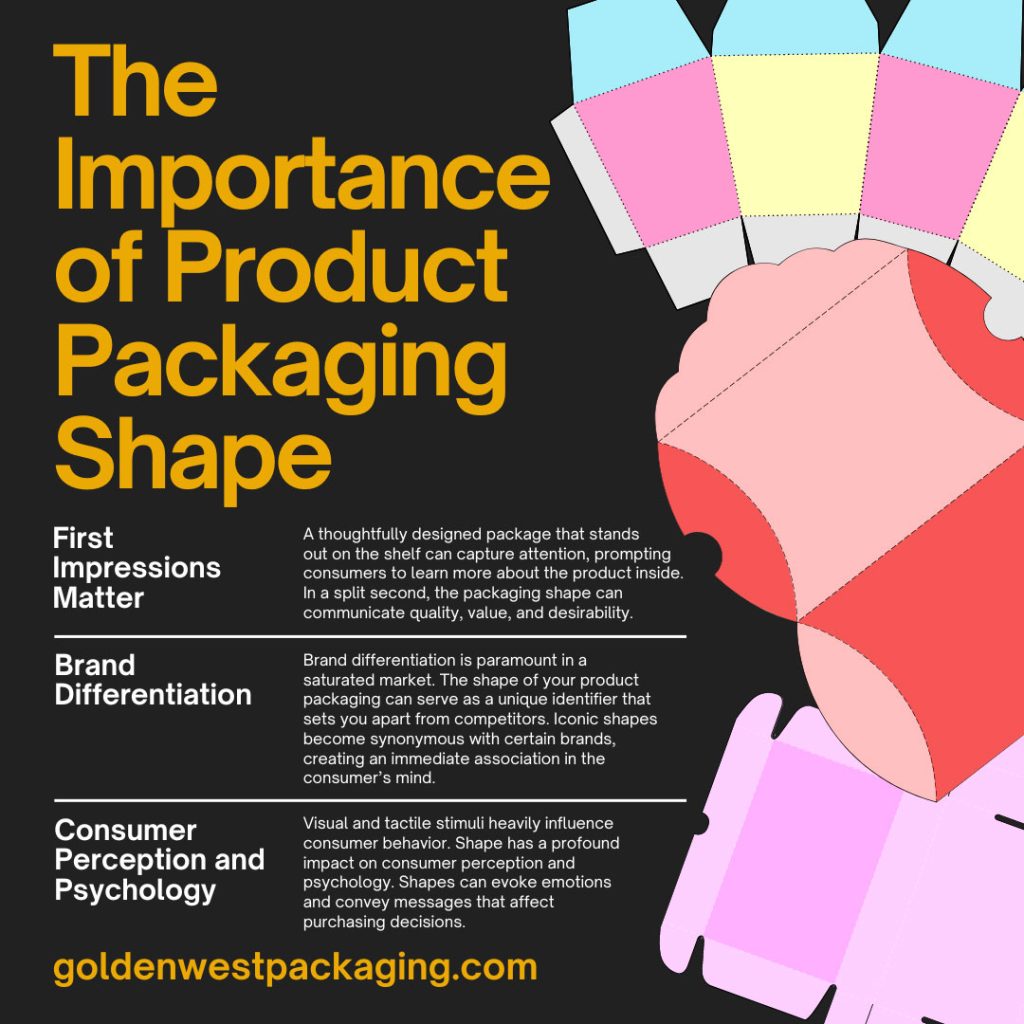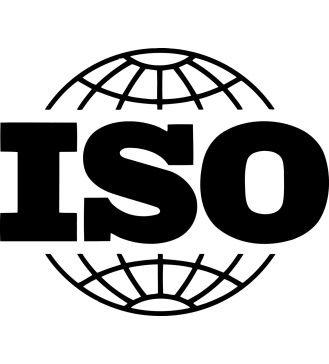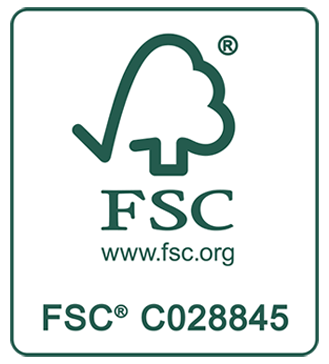
When you imagine your company’s product on store shelves, you’re probably thinking of the item in a rectangular or square box. While this is the quintessential look of a package, it’s not the only shape you can find. In fact, the importance of product packaging shape goes beyond finding a cool shape that fits your product. Many factors influence your decision. Ensure your product packaging looks perfect with our essential guide on the importance of shape below.
First Impressions Matter
The first interaction a consumer has with a product is often through its packaging, making it a critical touchpoint. The initial impression formed by the product’s shape can determine whether the package is intriguing to a consumer or if they are indifferent toward it.
A thoughtfully designed package that stands out on the shelf can capture attention, prompting consumers to learn more about the product inside. In a split second, the packaging shape can communicate quality, value, and desirability.
Brand Differentiation
Brand differentiation is paramount in a saturated market. The shape of your product packaging can serve as a unique identifier that sets you apart from competitors. Iconic shapes become synonymous with certain brands, creating an immediate association in the consumer’s mind.
Think about the distinctive contour of a Coca-Cola bottle or Apple’s minimalist box designs. These shapes do more than just hold products; they convey a brand’s ethos and leave a lasting impression.
Consumer Perception and Psychology
Visual and tactile stimuli heavily influence consumer behavior. Shape has a profound impact on consumer perception and psychology. Shapes can evoke emotions and convey messages that affect purchasing decisions.
For example, rounded shapes are often perceived as friendly and approachable, while sharp angles can imply sophistication and precision. Understanding these psychological cues allows businesses to design packaging that resonates with their target audience.
Ergonomics and User Experience
Ergonomics should never be an afterthought in packaging design. A well-designed package is not only visually appealing but also user-friendly. Consumers appreciate packaging that is easy to open, hold, and use.
Ergonomically shaped packaging enhances user experience, leading to higher customer satisfaction and repeat purchases. Considering ease of handling can also reduce the likelihood of product damage during transit, especially in e-commerce settings.
Functionality and Protection
Beyond aesthetics, packaging must fulfill its primary function: protecting the product. The shape of the packaging plays a crucial role in ensuring that the product remains intact from the point of production to the consumer’s hands.
Rigid boxes, for instance, offer excellent protection for fragile items, reducing the risk of breakage. The design should consider factors such as durability, environmental conditions, and the specific needs of the product to provide optimal protection.
Marketing and Promotion
Packaging is a powerful marketing tool that extends beyond the physical product. You can leverage the shape of the package in promotional strategies to enhance visibility and attract attention.
Unique shapes can become part of the brand story and are prominent features in advertising campaigns and social media posts. Creative packaging shapes that align with marketing messages can amplify brand storytelling and foster a deeper connection with consumers.
Cost Effectiveness
While innovative shapes can enhance brand perception, it is essential to balance creativity with cost effectiveness. The design process should consider manufacturing complexities and material usage to optimize costs. Simple yet effective shapes can be both eye-catching and economical, allowing businesses to allocate resources efficiently while still achieving impactful packaging.
Memorability and Brand Loyalty
Memorable packaging shapes contribute to brand recall and loyalty. When consumers can easily recognize a product by its shape, it reinforces brand identity and encourages repeat purchases.
Memorable packaging becomes part of the consumer’s daily life, creating a sense of familiarity and trust. Consistently leveraging unique shapes across product lines can strengthen brand loyalty and drive long-term business success.
Shelf Impact and Retail Considerations
Shelf impact is a critical factor in retail environments. The shape of the packaging affects how retailers display the product and how it’s perceived on the shelf. Innovative and space-efficient shapes can maximize shelf presence and enhance visibility.
Retailers often prefer packaging that is easy to stack and store, making the shape a vital consideration in supply chain logistics. Well-designed packaging that meets retail requirements can lead to better placement and increased sales.
Popular Packaging Design Shapes
Several popular packaging design shapes have proven effective across various industries because of their functionality, aesthetic appeal, and brand recognition.
Box Packaging
The box is one of the most versatile and commonly used packaging shapes. Its rigid structure provides excellent protection, making it ideal for fragile items. Boxes can be easily stacked and stored, which is advantageous for both retailers and consumers.
Cylinder Packaging
Cylinder-shaped packaging is often associated with premium and luxury products. This shape is visually striking and offers uniform protection around the product. It’s commonly used for items like beverages, cosmetics, and specialty foods.
Oval Packaging
Oval packaging shapes convey a sense of elegance and modernity. They are less common than boxes and cylinders, which helps brands stand out. This shape is often used for premium food products and beauty items.
Pouch Packaging
Pouches are flexible and lightweight, making them a popular choice for food items, snacks, and personal care products. They are easy to store and transport, and their resealable features add convenience for consumers.
Blister Pack Packaging
Blister packs offer excellent visibility of the product while ensuring it remains protected. This type of packaging is commonly used for pharmaceuticals, electronics, and small consumer goods. Blister packaging can be easily customized to fit products of various shapes and sizes.
Clamshell Packaging
Clamshell packaging, often used for electronics, toys, and hardware, provides robust protection with its hinged design. Its transparency allows consumers to view the product while feeling reassured about its security.
Each shape has its own advantages, making it suitable for different types of products and market needs. Understanding the strengths and applications of these popular packaging shapes can help businesses make informed decisions about their packaging design strategies.
The importance of product packaging shape is multifaceted and far-reaching. The shape of your packaging can significantly influence consumer behavior and brand success. As markets become increasingly competitive, leveraging unique and functional packaging shapes is not just an option but a necessity.
Thoughtful packaging design can differentiate your brand, foster consumer loyalty, streamline supply chains, and even support global market appeal. By prioritizing the shape of your product packaging, you can create lasting value and drive your business forward in meaningful ways.




